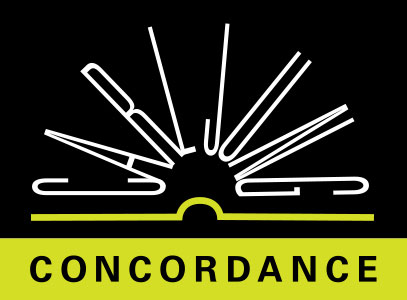Sometimes the “child” looks more like a child god, sometimes more like a young hero:
Common to both types is the miraculous birth and the adversities of early childhoodabandonment and danger through persecution
CW9.1 ¶ 281The god is by nature wholly supernatural
CW9.1 ¶ 281The hero's nature is human but raised to the limit of the supernaturalhe is “semi-divine”
CW9.1 ¶ 281While the god, especially in his close affinity with the symbolic animal, personifies the collective unconscious which is not yet integrated into a human being, the hero's supernaturalness includes human nature and thus represents a synthesis of the (“divine,” i.e., not yet humanized) unconscious and human consciousness. Consequently [the hero] signifies the potential anticipation of an individuation process which is approaching wholeness
CW9.1 ¶ 281EVENTS THAT OCCUR IN THE
ENTELECHY OR GENESIS OF THE `SELF'
For this reason the various “child”-fates may be regarded as illustrating the kind of psychic events that occur in the entelechy or genesis of the “Self.” The “miraculous birth” tries to depict the way in which this genesis is experienced. Since it is a psychic genesis, everything must happen non-empirically, e.g., by means of a virgin birth, or by miraculous conception, or by birth from unnatural organs
CW9.1 ¶ 282PRECARIOUSNESS OF ATTAINING
PSYCHIC WHOLENESS
The motifs of “insignificance,” exposure, abandonment, danger, etc. try to show how precarious is the psychic possibility of wholeness, that is, the enormous difficulties to be met with in attaining this “highest good”
CW9.1 ¶ 282[These motifs] also signify the powerlessness and helplessness of the life-urge which subjects every growing thing to the law of maximum self-fulfilment, while at the same time the environmental influences place all sorts of insuperable obstacles in the way of individuation
CW9.1 ¶ 282More especially the threat to one's inmost Self from dragons and serpents points to the danger of the newly acquired consciousness being swallowed up again by the instinctive psyche, the unconscious
CW9.1 ¶ 282LOWER VERTEBRATES AS SYMBOLS
OF THE COLLECTIVE SUBSTRATUM
The lower vertebrates have from earliest times been favourite symbols of the collective psychic substratum, which is localized anatomically in the subcortical centres, the cerebellum and the spinal cord. These organs constitute the snake
CW9.1 ¶ 282Higher vertebrates symbolize mainly affects
CW9.1 ¶ 282Snake-dreams usually occur, therefore, when the conscious mind is deviating from its instinctual basis
CW9.1 ¶ 282